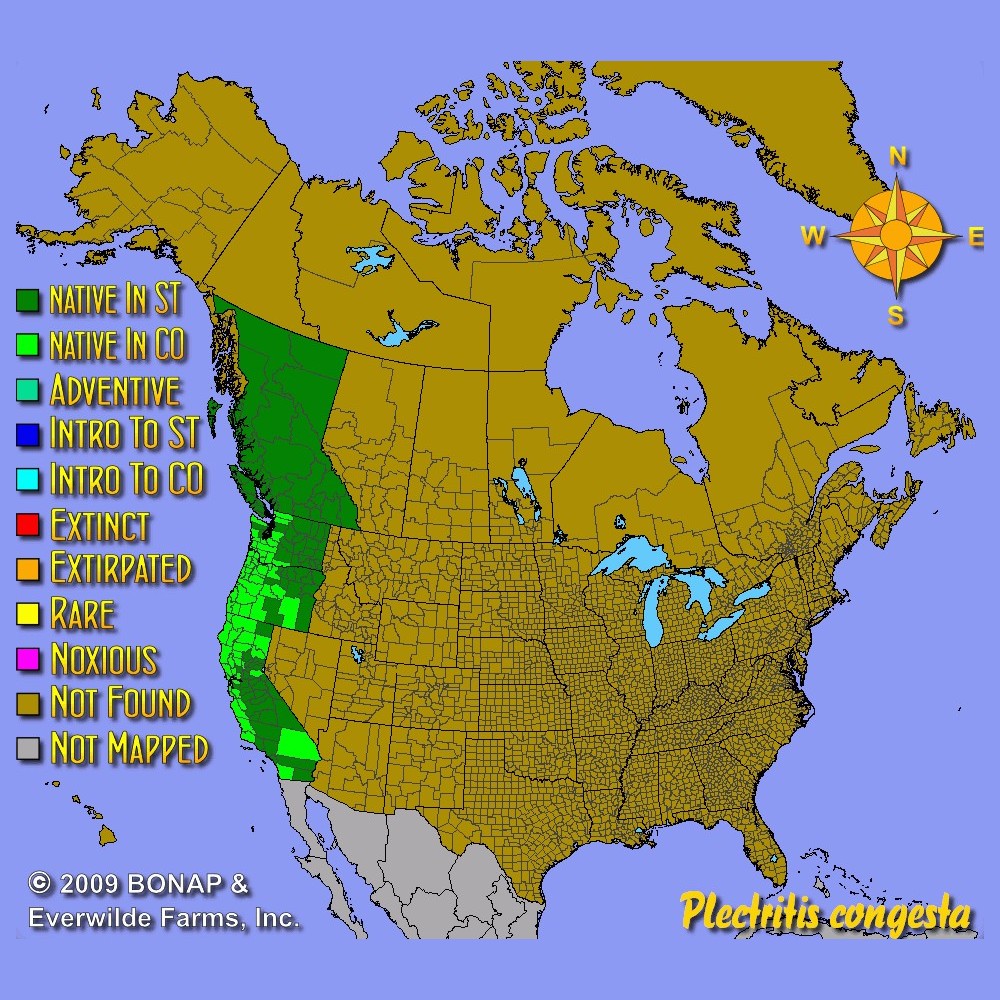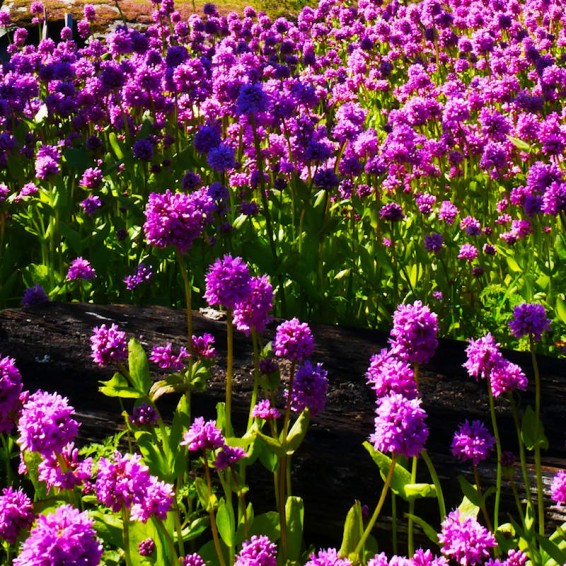Sea Blush Seeds
Plectritis congesta
- HOW TO GROW
- FAST FACTS
HOW TO GROW
Sowing: Direct sow in late fall or early spring, planting just below the surface of the soil. Keep the soil lightly moist until germination, which usually takes place within 7-14 days. This seed can also be started indoors 6-8 weeks before planting in the spring.
Growing: Water seedlings until they become established; this plant develops rather slowly. Mature plants tolerate occasional drought, though they prefer moist soil and will benefit from watering in dry weather. They also grow well in rocky areas, and make an excellent addition to rock gardens. This plant is highly attractive to bees, hummingbirds, and butterflies.
Harvesting: These blossoms do not perform well as cut flowers, and are best enjoyed outdoors.
Seed Saving: After the flowers fade, the pods will develop; they tend to ripen at different rates. Collect them as soon as they begin to turn dry and brown, but before they drop to the ground. The seeds vary in appearance, since some have "wings" and some do not. Store the seeds in a cool, dry place.
FAST FACTS
Common Names: Shortspur Sea Blush, Short Spurred Plectritis
Latin Name: Plectritis congesta
Species Origin: US Native Wildflower
Type: Native Wildflowers
Life Cycle: Annual
USDA Zones: 2, 3, 4, 5, 6, 7, 8, 9, 10, 11, 12
US Regions: California, Mountain, Arid/Desert, Plains/Texas, Midwest, Northern, Northeast, Southeast
Seeds per Ounce: 28,700
Stratification: No Stratification
Germination Ease: No Stratification
Sunlight: Full Sun, Part Sun
Height: 12 Inches
Color: Pink
Bloom Season: Blooms Late Spring, Blooms Early Summer
DESCRIPTION

HOW TO GROW
Sowing: Direct sow in late fall or early spring, planting just below the surface of the soil. Keep the soil lightly moist until germination, which usually takes place within 7-14 days. This seed can also be started indoors 6-8 weeks before planting in the spring.
Growing: Water seedlings until they become established; this plant develops rather slowly. Mature plants tolerate occasional drought, though they prefer moist soil and will benefit from watering in dry weather. They also grow well in rocky areas, and make an excellent addition to rock gardens. This plant is highly attractive to bees, hummingbirds, and butterflies.
Harvesting: These blossoms do not perform well as cut flowers, and are best enjoyed outdoors.
Seed Saving: After the flowers fade, the pods will develop; they tend to ripen at different rates. Collect them as soon as they begin to turn dry and brown, but before they drop to the ground. The seeds vary in appearance, since some have "wings" and some do not. Store the seeds in a cool, dry place.
FAST FACTS
Common Names: Shortspur Sea Blush, Short Spurred Plectritis
Latin Name: Plectritis congesta
Species Origin: US Native Wildflower
Type: Native Wildflowers
Life Cycle: Annual
USDA Zones: 2, 3, 4, 5, 6, 7, 8, 9, 10, 11, 12
US Regions: California, Mountain, Arid/Desert, Plains/Texas, Midwest, Northern, Northeast, Southeast
Seeds per Ounce: 28,700
Stratification: No Stratification
Germination Ease: No Stratification
Sunlight: Full Sun, Part Sun
Height: 12 Inches
Color: Pink
Bloom Season: Blooms Late Spring, Blooms Early Summer




